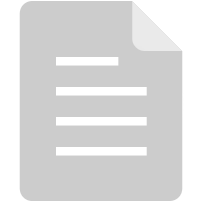Raw CHC data:
Upon reviewing these data, we realized there is a small typo/numbering error in the manuscript. In the manuscript we state, "All but three female CHCs and one male CHC (female peaks 26, 39, and 52 and male peak 59) showed significant among-line variation in a univariate ANOVA (Supplementary file 2)." These actually should have been (#30, 43, 56, and 58). This happened because the CHCs were renumbered so that CHCs present in both males and females had the same number instead of being numbered separately. Unfortunately, this detail was missed when revising the manuscript. Note, the line means included as supplemental material with the manuscript are only those that were used for PCA / GWAS analysis (excluding female peak #s 30, 43, 56 and male # 58). In these Excel files, we have regenerated the proportion data (that would have been used for the line means) so that the data sheets also include those data according to the renumbered CHCs.
Explanation of the Excel sheets:
The first row in each was taken directly from Supplementary file 1 from the manuscript and modified to include the female (or male) peaks that were excluded before. At the end of the RAW data sheets are the internal standard (n-C32; IS) peak areas, a column for the total of all CHCs (summing all of the peak areas for CHCs of a given sample excluding the IS; total), and a column for the calculation of micrograms (ug) per sample (note there were 5 flies per sample). At the end of each proportions data sheet, there is a "total" column which should contain all "1s". This is simply an error check for the sheet formula.
Do you have any questions about this protocol?
Post your question to gather feedback from the community. We will also invite the authors of this
article to respond.

